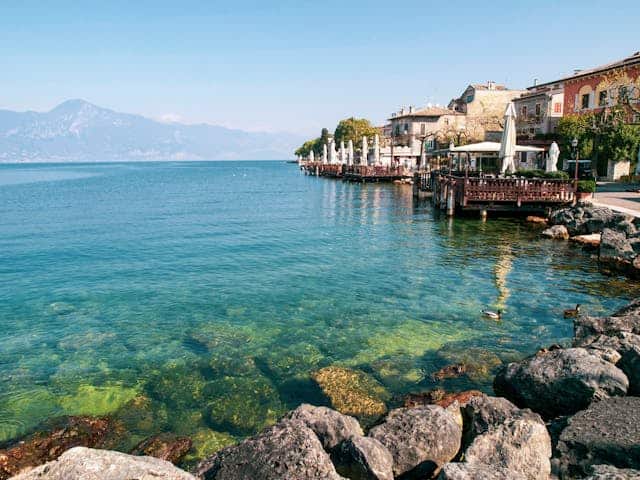If you’re one of those who plan a vacation around food, then Europe is the best option, but forget about the group tours! While those can be fun, they don’t always let you fully enjoy an area like a local market or a street packed with restaurants. That’s where a self-guided tour comes in. It gives you the freedom to make your own bucket list, explore a place as long as you want, and create a personal adventure that moves exactly at your pace. This guide will walk you through some of the best European cities for a culinary hike and how to make the most of every stop.
Essential Planning for Your Adventure
A successful self-guided food tour requires a tiny bit of homework. Start by researching the iconic dishes of the city or town that are included in your long-distance hike; take notes about what and how to order anything, which ones are the local dishes, etc.
Use Google Maps to save potential food stops, from restaurants to market stalls. Creating your own personal map is one of the best moves you can make. It’s also wise to book tables at any famous restaurants in advance.
For everything else, leave room for spontaneity. Remember to carry cash, as many of the most authentic, family-run spots don’t accept credit cards.
How Orbis Ways Makes it Better
Planning a long-distance hike takes a lot of work, especially taking care of all the details; that’s why many people who want to skip the stress of planning every logistical detail trust a specialized agency like Orbis Ways. They are known for crafting detailed walking holidays and taking care of all the complicated parts like lodging and luggage transfer, while giving you rich and curated information on places to visit and where to eat.
Their route notes often include specific recommendations for cafes, bakeries, and restaurants that align with your daily walk. But the best part is the consistently positive reviews for its attention to detail and insider tips.
They offer packages on all major destinations, from Italy and Spain to France and Portugal, as well as many iconic hikes like Camino de Santiago and the West Highland Way. Here are some places that stand out above the rest when it comes to food:
Naples, Italy
No food pilgrimage is more iconic than a walk through the chaotic, vibrant streets of Naples in search of pizza. Begin at the Pignasecca Market to see the local basil, buffalo mozzarella, and San Marzano tomatoes that are often labeled as the best toppings.
Then, make your way to Via dei Tribunali, the historic center of the city where pizza was born. Here, you can join the queue at L’Antica Pizzeria da Michele, which is an iconic place that serves basically only two things: Margherita or Marinara. If you have the time, head to Gino e Toto Sorbillo, just down the street, and try their pizzas too.
Berlin, Germany
Berlin’s food scene is a reflection of its complex history, and learning about it while tasting different dishes is an amazing experience. Start with a classic Currywurst, a beloved post-war snack that consists of steamed and fried pork sausage topped with a curried ketchup sauce, it’s usually served with French fries. This dish is a piece of Berlin’s 20th-century history on a plate.
Then, you can explore how Turkish immigrants later invented the Döner Kebab in Berlin, which has become a national favorite. On the other hand, for a modern take, visit a food hall like Markthalle Neun in Kreuzberg, where you can try a huge variety of international and local specialties under a historic roof.
Barcelona, Spain
The true joy of eating in Barcelona is in the tapas, and the medieval Gothic Quarter is the perfect place to get lost in the process of searching for those small dishes. I just have one recommendation: get rid of the map and let yourself stroll around its narrow streets.
Your best strategy is to follow the crowd; a tapas bar packed with locals is always a good sign. Ask for a small glass of vermouth and a few plates, perhaps some patatas bravas, padrón peppers, or some pintxos. The goal is not to find one single best restaurant, but to enjoy the tapas culture as a whole.
Conclusion
Creating your own self-guided food tour across Europe is about more than just a good meal; it’s about connecting with a city through its most universal language. By trusting your instincts and doing a small amount of planning, you can turn a simple walk through a new city into an amazing adventure that is uniquely yours.

